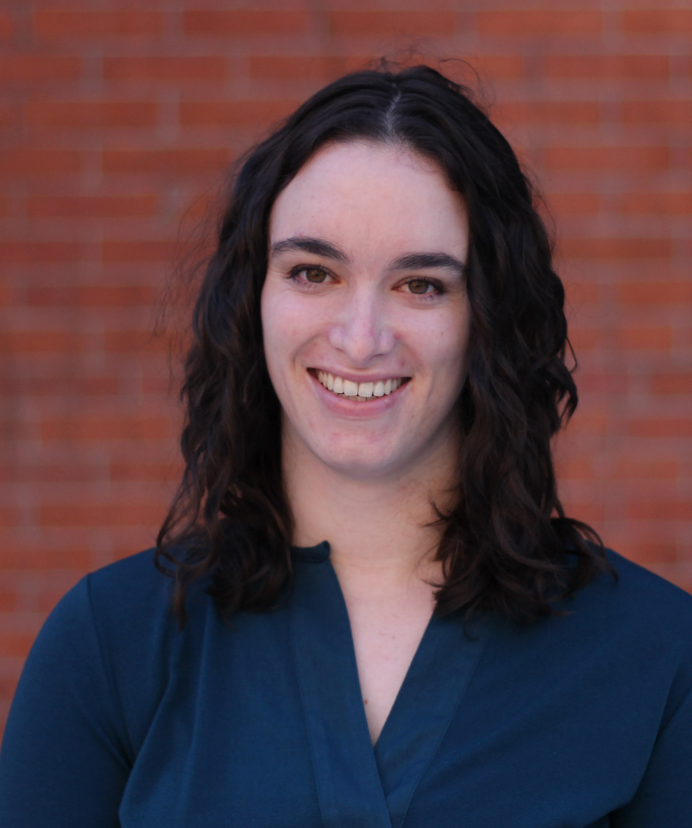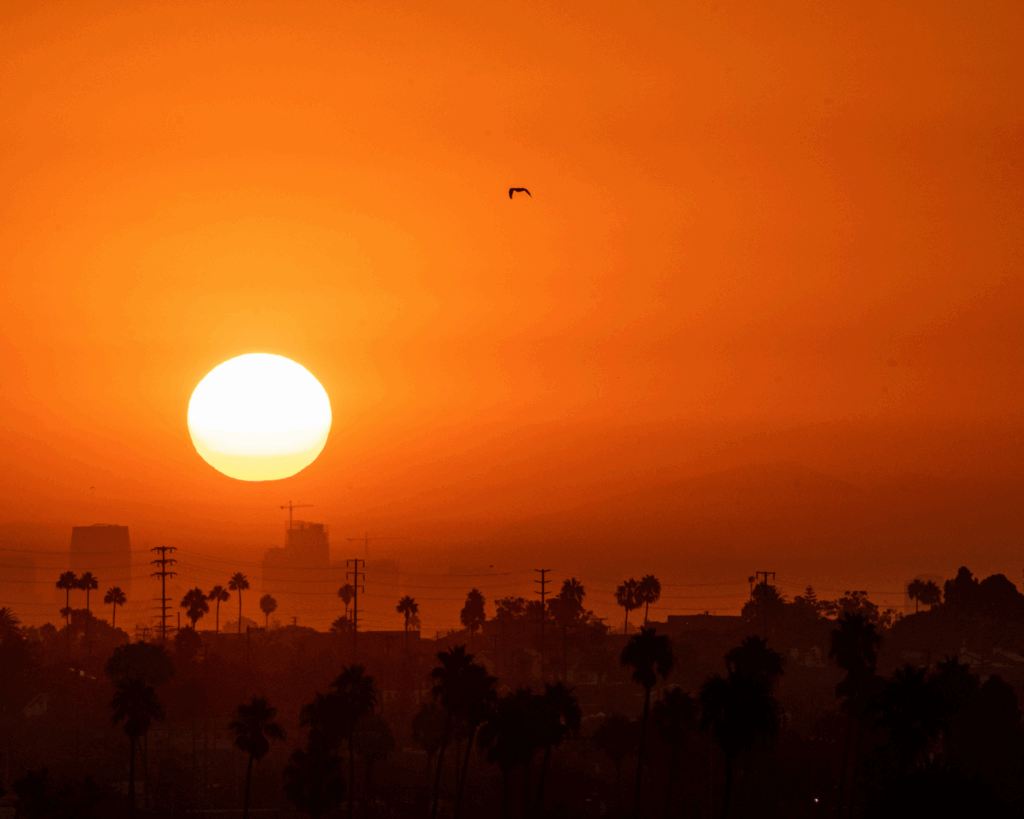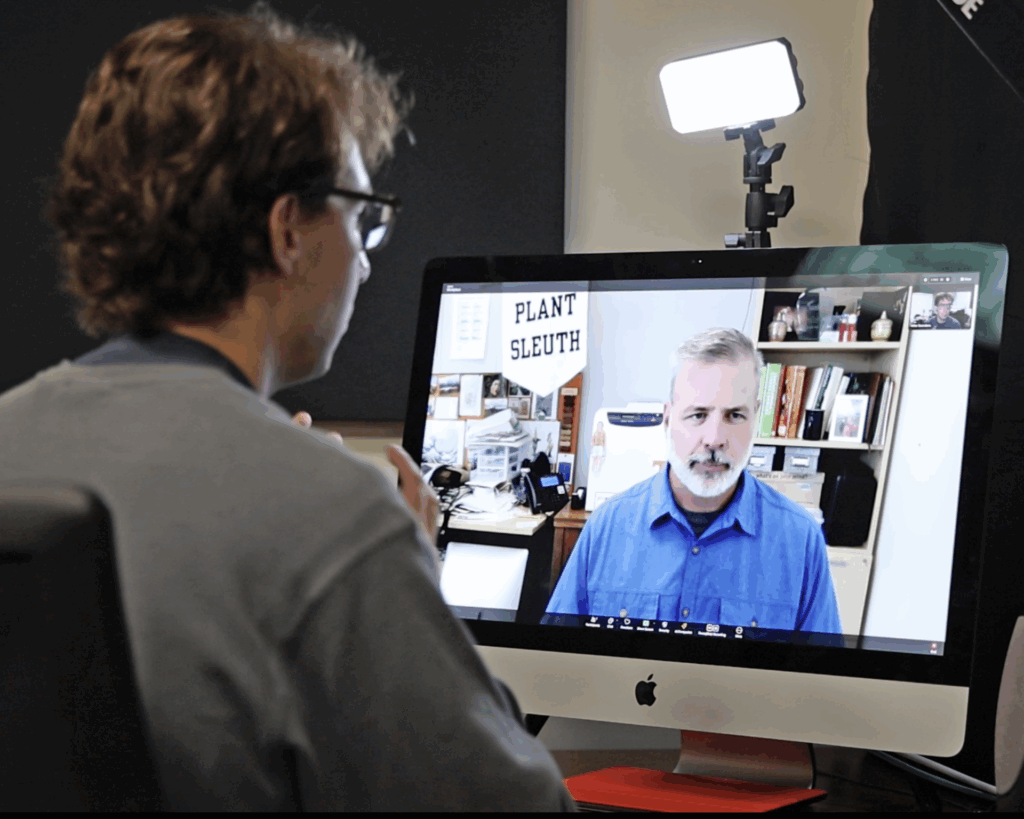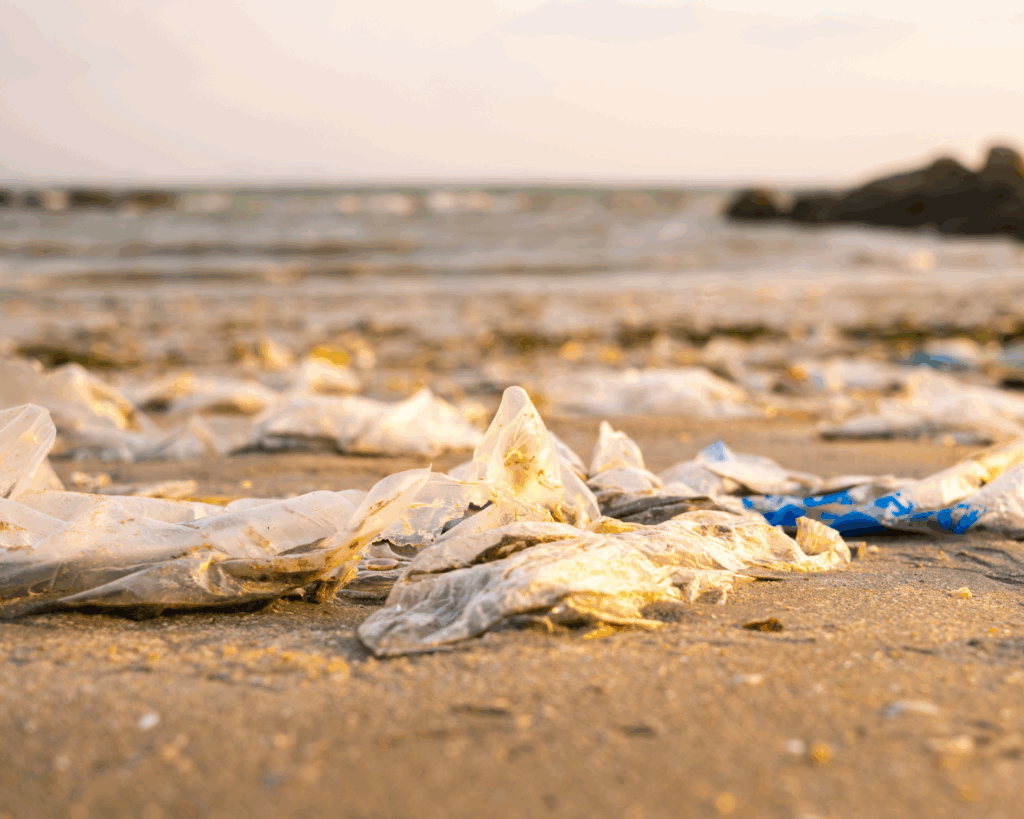Packing the Heat
For every five-degree Celsius increase in daily temperature, intentional homicide rates increased by 4.2%.

Read Time: 2 minutes
Published:
“’Eighty degrees and sunny! …What goes through your mind when you wake up in the morning and hear the weather forecast is eighty and sunny?’
A day like that…was no good. When the weather was nice, the gangs got more active and the shooting got worse.”
The excerpt from Michelle Obama’s book, Becoming, highlights a reality for some children living on the southside of Chicago. Stay inside when the weather is nice. Change up your route to school. Do whatever you can to avoid violence. The statistics match. Violent crime rates are higher in warmer months.
A recent study by Rongbin Xu and team analyzed daily weather and crime data from 9 U.S. cities between 2007 and 2017. The curve in the graph shows that increased homicide rates occur in the two days following a rise in temperature. For every five degree Celsius increase in daily temperature, intentional homicide increased by 4.2% over the following seven days. Homicide rates during warm weather contributed 488 excess deaths in Chicago and 136 in New York during the decade studied.
The association between ambient air temperature and crime rates has been explained by two theories. The first, the biological theory, says hot weather increases discomfort and aggression leading to increased violence. The second, the routine activity theory, claims that changes in people’s daily routines elevates interpersonal conflicts and manifests in crime. The students Michelle Obama describes would tell you simply that warm weather means more people are outside.
Community-run violence prevention programs, including community support, community revitalization, school, and employment programs that reduce the likelihood of violent crime, can be utilized to combat heat-related homicides. The next time a kid yells “eighty and sunny!”, gun violence shouldn’t be the first thing that comes to mind.
Databye via Rongbin Xu, Xiuqin Xiong, Michael J. Abramson, Shanshan Li, Yuming Guo. Ambient temperature and intentional homicide: A multi-city case-crossover study in the U.S., Environment International, 2020.



